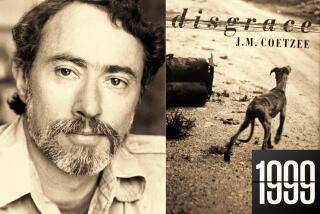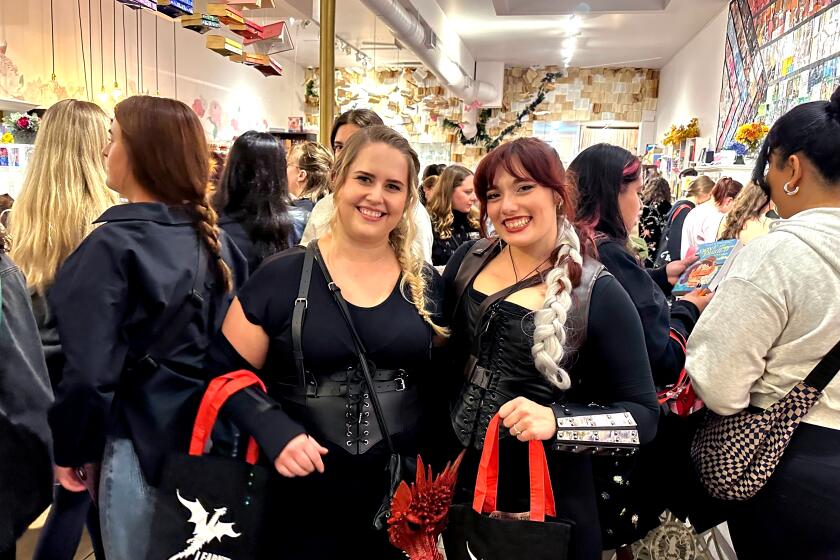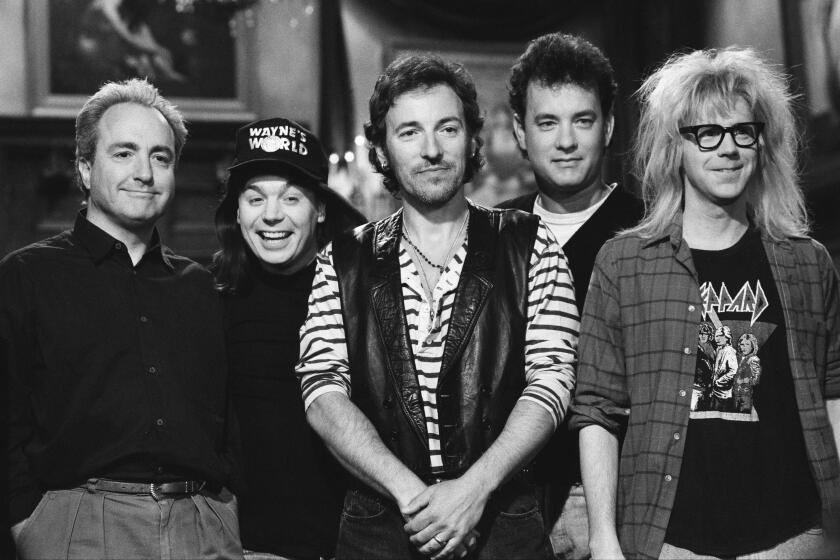Excerpts of Works by Nadine Gordimer
- Share via
From the 1990 novel “My Son’s Story,” a passage describing the work of a white anti-apartheid activist who becomes involved romantically with a married black man:
The nature of work she did develops high emotions. It arises from crises. It deals only with disruption, disjunction--circumstances in people’s lives that cannot be met with the responses that serve for continuity. To monitor trials is to “monitor” the soaring and lunging graph of feelings that move men and women to act, endangering themselves; the curves and drops of bravery, loss of nerve, betrayal; cunning learnt by courage, courage learnt by discipline--and others which exceed the competence of any graph to record, who would melt its needle in the heat of intensity. . . .
From the essay “Where Do Whites Fit In?” in the 1988 collection “The Essential Gesture”:
. . . If we’re going to fit in at all in the new Africa, it’s going to be sideways, where-we-can, wherever-they’ll-shift-up-for-us. This will not be comfortable; indeed, it will be hardest of all for those of us (I am one myself) who want to be ordinary members of a multi-coloured, any-coloured society, freed both of the privileges and the guilt of the white sins of our fathers.
From the 1987 novel “A Sport of Nature,” about a white woman caught up in an African nation’s civil war: Leopard skins mounted on scalloped green felt, dead snakes converted into briefcases, elephants turned into ivory filigree carvings, bracelets, necklaces and paper knives, and table-legs with a copper rim decorating what was once a pachyderm foot--the African Arts Atrium did not sell powdered rhino horn, however; that sort of disgusting stuff was for local people in the magic and medicine trade down the road.
More to Read
Sign up for our Book Club newsletter
Get the latest news, events and more from the Los Angeles Times Book Club, and help us get L.A. reading and talking.
You may occasionally receive promotional content from the Los Angeles Times.









